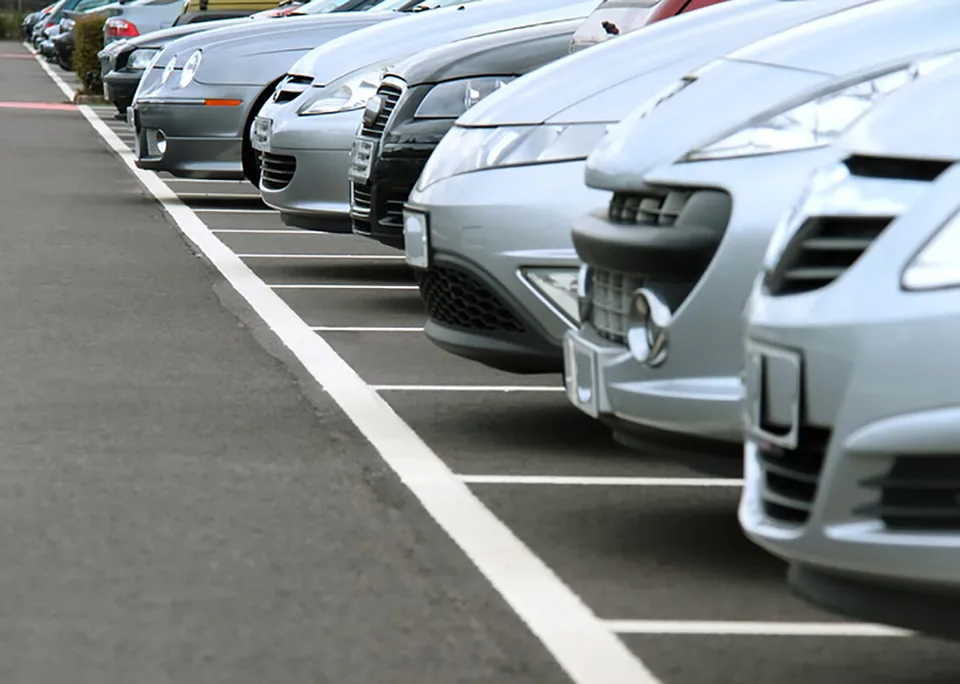The average age and mileage of cars being handled by warranty specialist MB&G is increasing, but the corporate market generally resists extending warranties beyond the one provided by the manufacturer.
MB&G administers tens of thousands of warranties each year and generally it is seeing the average age of those cars increasing, mirroring the extended ownership cycle.
“Currently we are seeing more retail drivers considering buying a warranty for extra peace of mind, some for the very first time, but the sector which is still to manage the risks associated with many older cars, is the corporate sector,” said Kevin Pearce, a director of MB&G.
“You might expect us to encourage fleets to buy a warranty, but with company cars being kept for a fourth and fifth year, it cannot be good practice to fund any component issues or failures through their annual maintenance budget.
“Not all cars need covering. Simply by covering higher mileage, older cars or higher value cars with a warranty, fleets could manage their fleet maintenance risks more efficiently enabling them to budget a finite cost,” added Pearce.
This announcement comes at a time when MB&G has drawn on its comprehensive database of warranty claims, to compile an informed list of car brands that have generated the fewest claims over the past year, giving an indication of car brand reliability.
Japanese and Korean brands dominated the list, with Honda taking top spot. The top ten brands on MB&G’s list with the least warranty claims were as follows:
- Honda
- Lexus
- Mitsubishi
- Toyota
- Suzuki
- Kia
- Hyundai
- Subaru
- Mazda
- Nissan
“Modern day cars are reliable, but if something starts to go wrong, it’s more likely to be in the fourth or fifth years, or when the mileage reaches 70-100,000 miles,” explained Pearce.
“Cars are packed full of electronic equipment that control everything from the engine management system to the automatic gearbox and a small software glitch can often create issues, in addition to the other components that can fail simply through wear and tear,” he added. “Many components are now not repaired as they used to be, but simply replaced, this resulting in the average claim value starting to increase.
“Our survey is only looking at frequency of claims and not the average value of the claim, which can vary from manufacturer to manufacturer. The average claim value is affected by labour rates and parts prices and can also vary by region.”

















Login to comment
Comments
No comments have been made yet.